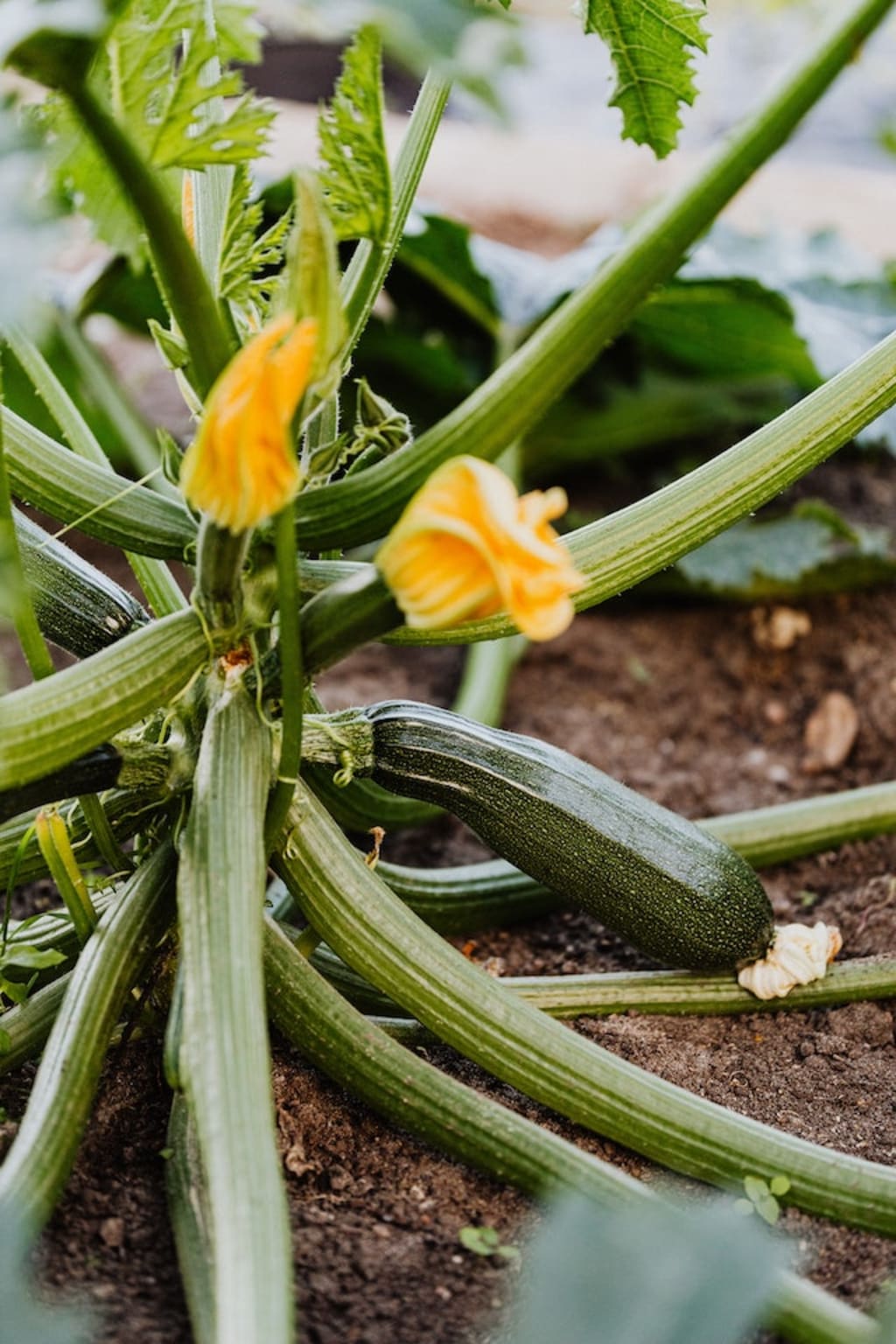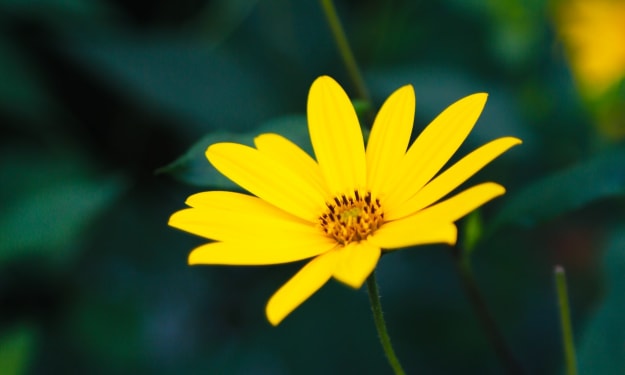Man Made Vegetables and fruits
Top vegetables and Fruits

Man-Made Vegetables and Fruits
You're in the right place! This article is your gateway to discovering fascinating information about these innovative creations. Many of the fruits and vegetables found in your local supermarket are not products of nature alone; they've been meticulously crafted by science and agriculture to be both delicious and resistant to pests and diseases. So, what exactly are man-made vegetables and fruits? Let's delve into this intriguing world.
01.Zucchini
Zucchini, a variety of summer squash, stands as a testament to the wonders of selective breeding. Originating from the Americas, this elongated green vegetable has become exceptionally versatile in culinary applications. Its mild flavor and tender texture have made it a sought-after ingredient for both savory and sweet dishes alike. To thrive, zucchini requires well-drained, moist soil and ample exposure to full sunlight.
Zucchini, a fascinating example of human intervention in agriculture, is a variety of summer squash. Its roots trace back to the Americas, where selective breeding has led to the development of this elongated, green vegetable. Zucchini's popularity stems not only from its unique appearance but also from its remarkable versatility in culinary applications.
Known for its mild flavor and tender texture, zucchini has earned its place as a sought-after ingredient in a wide range of dishes, spanning from savory to sweet. Its subtle taste makes it an excellent addition to salads, stir-fries, casseroles, and even baked goods like zucchini bread. Moreover, its tender flesh makes it a favorite choice for grilling and roasting.
Cultivating zucchini successfully requires specific conditions. This vegetable thrives in well-drained, moist soil and demands ample exposure to full sunlight. These factors contribute to optimal growth and the development of healthy, vibrant zucchini plants.
Zucchini's adaptability and unique qualities have made it a beloved staple in modern cuisine, showcasing the remarkable potential of selective breeding in creating man-made vegetables that enrich our culinary experiences.
02.Soybeans
Soybeans, another remarkable entry in the world of man-made vegetables and fruits, have undergone significant transformations through human efforts. Originally cultivated in East Asia, soybeans have been subjected to careful selective breeding to achieve desirable characteristics, higher yields, and enhanced resistance to diseases.
What sets soybeans apart is their rich nutritional profile. These legumes are not only a potent source of protein but also provide essential nutrients. Soybeans play a pivotal role in various aspects of agriculture and food production. They are a key ingredient in animal feed, contributing to the production of meat and dairy products. Additionally, soybeans are the foundation for several plant-based products, such as tofu, soymilk, and a variety of meat substitutes, making them a cornerstone of vegetarian and vegan diets.
Soybeans' versatility extends beyond their nutritional value. They have proven to be adaptable to different growing conditions, making them a valuable crop for farmers worldwide. Their role in sustainable agriculture and the food industry underscores their significance in meeting the ever-growing global demand for protein-rich and plant-based food products.
In essence, the story of soybeans exemplifies the powerful impact of human innovation and selective breeding in enhancing the utility and nutritional value of crops, contributing to our modern diet and agriculture.
03.Radishes
Radishes are another intriguing example of man-made vegetables that have evolved significantly from their wild origins. Through the art of selective breeding, humans have meticulously enhanced the taste, texture, and appearance of these humble root vegetables.
Modern radishes come in a delightful array of varieties, from the classic small, red, round types to the elongated, white daikons. These diverse options have not only expanded culinary possibilities but have also enriched the nutritional profile of radishes.
Selective breeding has improved radishes in several ways. First, it has refined their taste, rendering them milder and more palatable. Texture-wise, these cultivated radishes boast a crisp, juicy crunch that adds a refreshing element to salads and other dishes. Additionally, selective breeding has also introduced a broader spectrum of colors and shapes, making radishes visually appealing in culinary presentations.
Nutritionally, radishes have become even more valuable. They are a source of essential vitamins and minerals, including vitamin C, potassium, and folate. Radishes are also known for their fiber content, which contributes to digestive health.
Radishes have transformed from their wild, unassuming ancestors into vibrant, versatile vegetables that grace our plates in various forms, from raw slices in salads to pickled condiments. This evolution not only showcases the power of human intervention in agriculture but also highlights how selective breeding has diversified our food choices and enriched our diets.
04.Romaine
Romaine lettuce, known for its distinctive long, sturdy leaves and crisp texture, has undergone a fascinating journey of cultivation and selective breeding. Native to the Mediterranean, this leafy green has been meticulously transformed to offer improved qualities in terms of taste, texture, and nutrient content.
About the Creator
Enjoyed the story? Support the Creator.
Subscribe for free to receive all their stories in your feed. You could also pledge your support or give them a one-off tip, letting them know you appreciate their work.





Comments
There are no comments for this story
Be the first to respond and start the conversation.